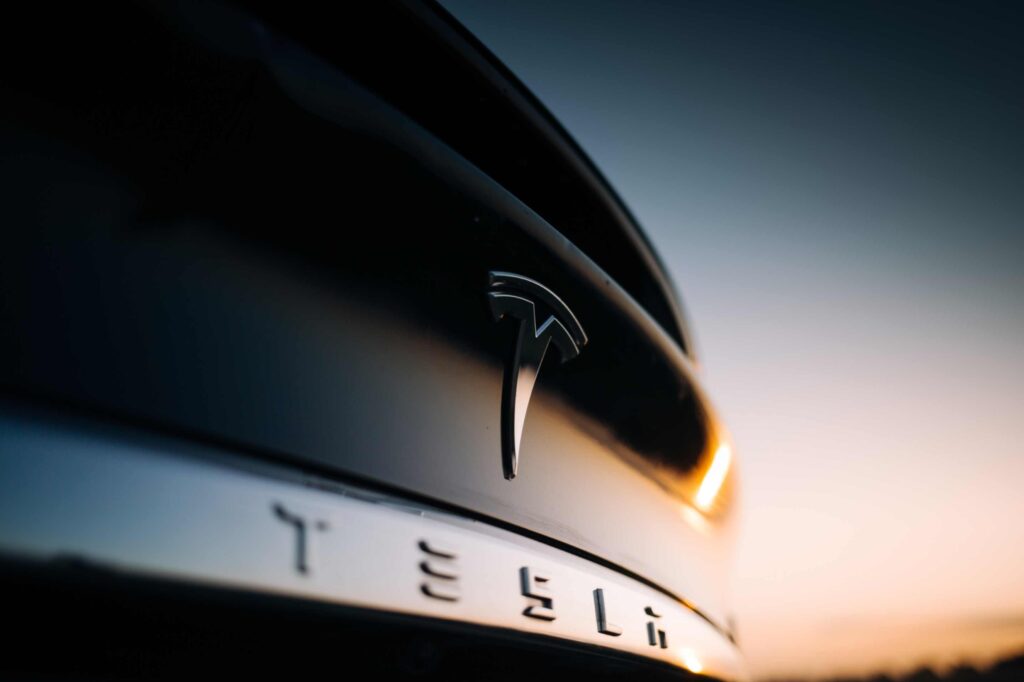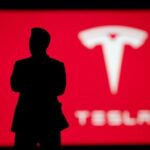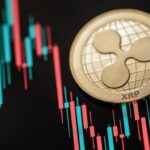Summary
⚈ Analysts have mixed views, with the average price target flat.
⚈ Some cut targets over weak results; others stay bullish on long-term growth.
While Tesla (NASDAQ: TSLA) stock has reacted positively despite disappointing Q1 2025 earnings, part of Wall Street expects it to hold its current price over the next 12 months.
In Q1, Tesla missed expectations on both earnings and revenue, reporting adjusted earnings of $0.27 per share compared to the expected $0.39 and revenue of $19.34 billion, a 9% decrease from $21.3 billion in the same quarter last year, and below forecasts of $21.11 billion.
Automotive revenue fell 20% to $14 billion, following a 13% decline in vehicle deliveries to 336,681 units.
Despite the weak results, Tesla shares surged after CEO Elon Musk announced he would scale back his involvement with the Trump administration’s Department of Government Efficiency (DOGE) starting in May to focus more on the company.
Investors welcomed the move, although some expressed concerns about potential damage to the brand from Musk’s political ties.
At the close of the last session, TSLA stock rose nearly 10% to $284.95. However, Tesla remains down almost 25% in 2025.
Analysts set Tesla’s stock price
Regarding the stock price outlook, Wall Street analysts at TipRanks have a cautious view of the electric vehicle (EV) manufacturer. Out of 40 analysts, 17 suggested buying Tesla shares, 11 recommended holding, and 12 advised selling.
The average 12-month price target for Tesla now stands at $284.74, a 0.07% decrease from its recent trading price of $284.95.
At the same time, experts project a wide range for Tesla’s stock, with a high target of $465 and a low estimate of $115, highlighting uncertainty around the company’s future.
Specific analysts’ take on Tesla’s stock price
On April 24, HSBC reiterated its “Reduce” rating on Tesla and lowered its price target to $120 from $125, citing weak Q1 gross profit, unclear 2025 guidance, and growing structural risks from an aging lineup and increased competition, particularly from China.
That same day, Stifel maintained a ‘Buy’ rating but trimmed its price target to $450 from $455. Despite the Q1 miss being tied to weak deliveries and Model Y refresh pressures, they remained positive, highlighting catalysts such as new, lower-cost models, the Model Y ramp-up, unsupervised FSD progress in Austin, and Musk’s reduced involvement with DOGE.
On April 23, Cantor Fitzgerald maintained its ‘Overweight’ rating on Tesla but trimmed the price target to $355 from $425. They remain bullish in the long term, citing growth drivers such as the Robotaxi launch, lower-cost EVs, and FSD expansion in China and Europe while flagging short-term risks from economic volatility, tariffs, and potential political backlash. Cantor continues to view Tesla’s vertical integration and global scale as key strengths.
Meanwhile, Dan Ives of Wedbush kept his ‘Outperform’ rating and raised his price target to $350 from $315. He highlighted Musk’s renewed focus as CEO and the Q1 earnings call as a turning point, viewing Tesla’s advances in autonomy and robotics as major catalysts for future growth, despite ongoing challenges.
Featured image from Shutterstock








